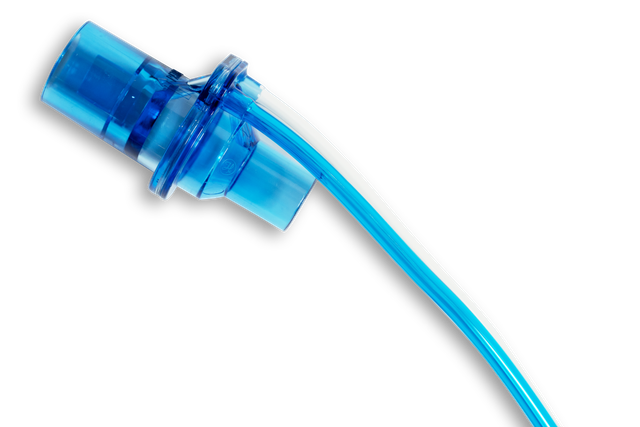
Kommen Sie näher! Proximale Flow‑Messung
Der proximale Flow‑Sensor ist seit 1983 das Herzstück unserer Beatmungsgeräte. Der gesamte Beatmungsprozess hängt von der Messung und Genauigkeit des Flow‑Sensors ab, der auch Daten von der Atemwegsöffnung liefert.
Präzise Volumen‑, Flow‑ und Druckdaten sind entscheidend für eine korrekte Diagnose und die Vermeidung von häufigen Nebenwirkungen aufgrund ungeeigneter Beatmungseinstellungen. Sie ermöglichen auch die Anwendung einiger unserer hochmodernen Technologien, wie z. B. die Modi ASV und INTELLiVENT‑ASV, IntelliSync+ und das P/V‑Tool.

Genauigkeit ist ein Muss. Das Wohl Ihrer Patienten steht auf dem Spiel
Unsere Beatmungsgeräte messen Flow und Druck nahe am Atemweg des Patienten. Studien haben gezeigt, dass die Tidalvolumina für beatmete Patienten mit einem am Endotrachealtubus platzierten Flow‑Sensor bestimmt werden sollten (

Gibt es Beweise? Klinische Nachweise
Die genaue Bestimmung des ausgeatmeten Tidalvolumens (VTE) ist von entscheidender Bedeutung (
Ihre Vorteile:
- Durch die proximale Platzierung werden die Auswirkungen der Beatmungsschlauchsystem‑Compliance auf die Flow‑ und Volumenmessungen eliminiert (
Cannon ML, Cornell J, Tripp-Hamel DS, et al. Tidal volumes for ventilated infants should be determined with a pneumotachometer placed at the endotracheal tube. Am J Respir Crit Care Med. 2000;162(6):2109-2112. doi:10.1164/ajrccm.162.6.99061121 ) - Bei der VTE‑Messung ist die Resistance des Atemsystems geringer (
Nève V, Leclerc F, Noizet O, et al. Influence of respiratory system impedance on volume and pressure delivered at the Y piece in ventilated infants. Pediatr Crit Care Med. 2003;4(4):418-425. doi:10.1097/01.PCC.0000090289.98377.153 ) - Es treten weniger Leckagen auf, die das Ergebnis verfälschen könnten (
Al‑Majed SI, Thompson JE, Watson KF, Randolph AG. Effect of lung compliance and endotracheal tube leakage on measurement of tidal volume. Crit Care. 2004;8(6):R398‑R402. doi:10.1186/cc29544 )
Unser Portfolio an Flow‑Sensoren
Wir bieten Verbrauchsmaterialien von Hamilton Medical für erwachsene, pädiatrische und neonatale Patienten. Je nach den Richtlinien in Ihrer Einrichtung haben Sie die Wahl zwischen wiederverwendbaren Produkten und Ausführungen für den Einmalgebrauch.
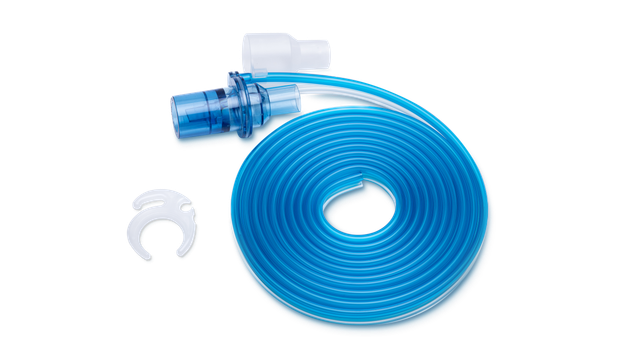
Proximaler Flow‑Sensor für den Einmalgebrauch für Pädiatrie/Erwachsene
- Schlauch erhältlich in drei verschiedenen Längen: 188, 260 und 330 cm
- AD22/ID15, Patientenseite
- Kalibrationsadapter
- Schlauchclip
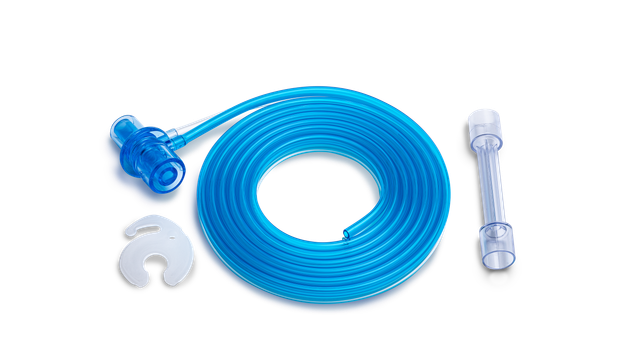
Proximaler Flow‑Sensor für den Einmalgebrauch für Neonaten
- Schlauch in drei verschiedenen Längen erhältlich 160, 188 und 310 cm
- ID15, Patientenseite
- Kalibrationsadapter
- Schlauchclip
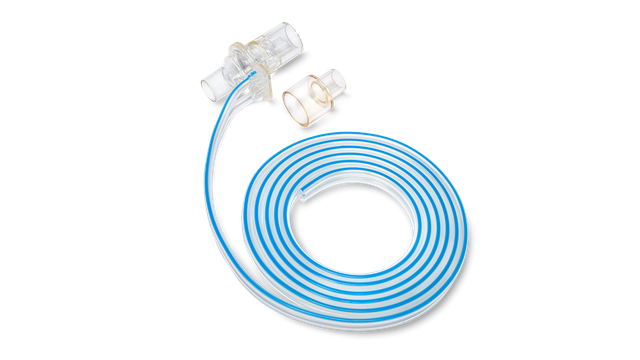
Wiederverwendbarer proximaler Flow‑Sensor für Pädiatrie/Erwachsene
- Schlauchlänge: 188 cm
- AD22/ID15, Patientenseite
- Kalibrationsadapter
- Schlauchfixierband

Kundenstimmen
Mit den Flow‑Sensoren für den Einmalgebrauch von Hamilton Medical müssen wir uns keine Gedanken mehr zu einer Kreuzkontamination machen, da wir denselben Flow‑Sensor nicht bei einem anderen Patienten einsetzen.
Dr. Robert Lopez
Leiter der Beatmungsstation bis 2018
University Medical Center, Lubbock (TX), USA
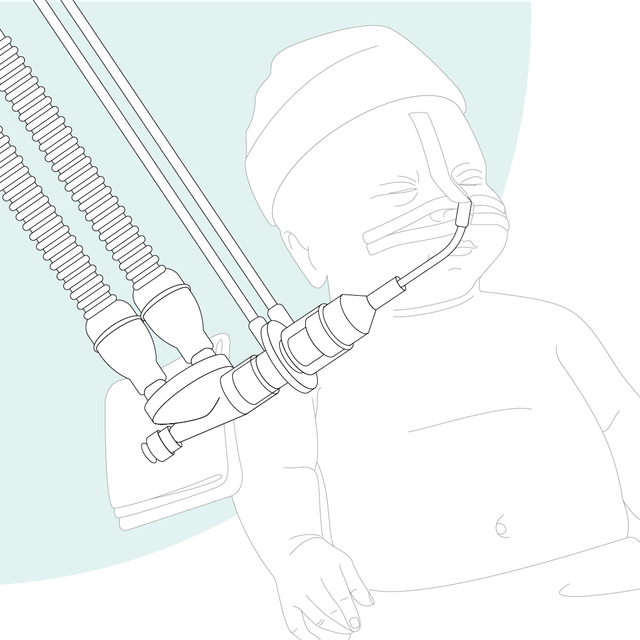
Gut zu wissen! Richtige Verwendung des Flow‑Sensors
Weitere Informationen
Flow sensor technical specifications
Tidal volumes for ventilated patients should be determined at the endotracheal tube
Reprocessing Guide Flow sensor
Instructions for use adult/pediatric, flow sensor, single use
Referenzen
- 1. Cannon ML, Cornell J, Tripp‑Hamel DS, et al. Tidal volumes for ventilated infants should be determined with a pneumotachometer placed at the endotracheal tube. Am J Respir Crit Care Med. 2000;162(6):2109‑2112. doi:10.1164/ajrccm.162.6.9906112
- 2. Gammage, Gary W.; Banner, Michael J.; Blanch, Paul B.; Kirby, Robert R. VENTILATOR DISPLAYED TIDAL VOLUME‑WHAT YOU SEE MAY NOT BE WHAT YOU GET, Critical Care Medicine: April 1988 ‑ Volume 16 ‑ Issue 4 ‑ p 454
- 3. Nève V, Leclerc F, Noizet O, et al. Influence of respiratory system impedance on volume and pressure delivered at the Y piece in ventilated infants. Pediatr Crit Care Med. 2003;4(4):418‑425. doi:10.1097/01.PCC.0000090289.98377.15
- 4. Al‑Majed SI, Thompson JE, Watson KF, Randolph AG. Effect of lung compliance and endotracheal tube leakage on measurement of tidal volume. Crit Care. 2004;8(6):R398‑R402. doi:10.1186/cc2954





